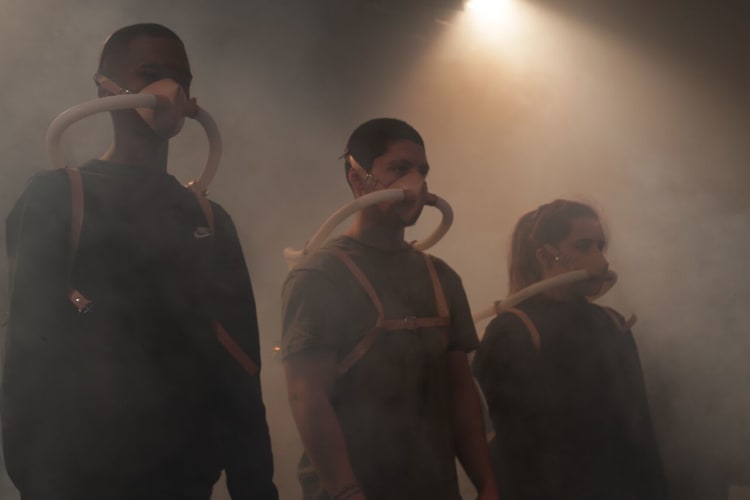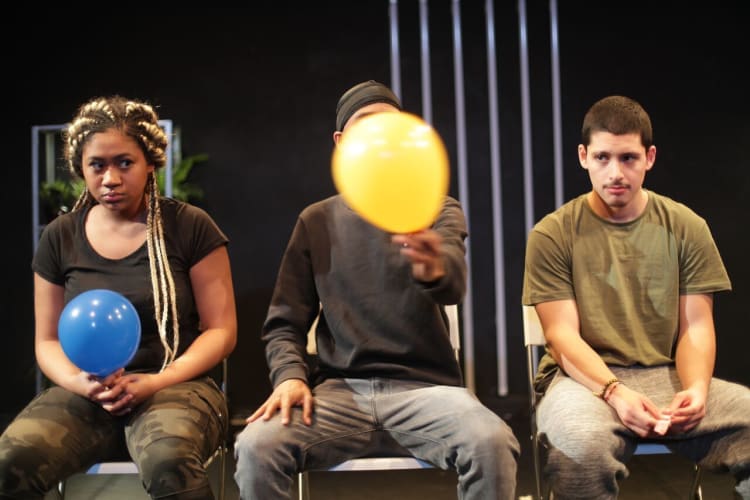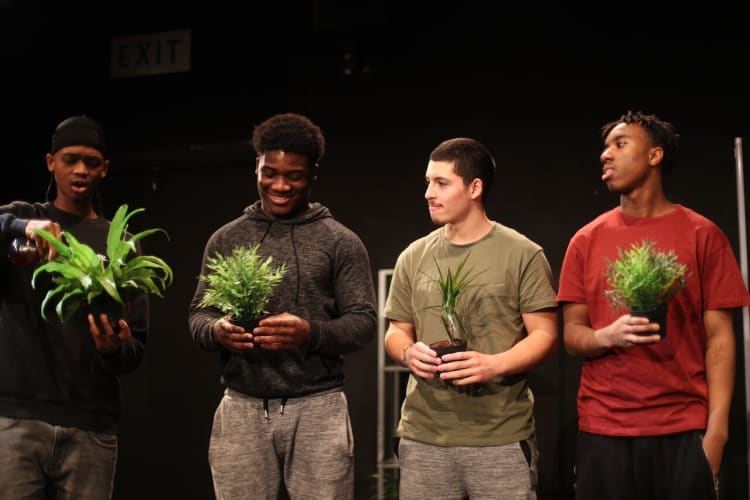Take a sniff when you go out on the street. Do you know what you are breathing in?
Just five days into 2017, the air quality in London had passed the whole year’s official pollution limit. The Mayor’s office has issued figures saying that every year more than 9,000 Londoners die prematurely due to air pollution and it adds a cost of pollution to London’s economy of £3.7 billion.
The old pea-soupers of Gershwin’s “A Foggy Day in London Town” and the Great Smog of 1952 that killed 4,000 in 4 days and twice as many from the after-effects were fed by London’s smoke. The first attempt to ban coal fires in London was in 1306, but it wasn’t until the Clean Air Act of 1956 introduced smokeless zones that pea-soupers ended. You could see the smoke in smog; vehicle pollutants such as nitrogen oxides aren’t so visible.
New charges and regulations have been introduced to deter and control road traffic coming into the city, the public transport fleet and taxi cabs are being made less polluting but will that be enough to keep within legal levels?
Fog Everywhere takes an overall look at the problem past and present through the eyes of the younger generation. Led by director Brian Logan, it is created and performed by 17- to 18-year-old students of Westminster Kingsway College with input from the Lung Biology Group at Kings College and drawing on Christine Corton’s London Fog: The Biography. Amelia Jane Hankin contributes the minimalist design.
They begin, each in turn, with some simple breathing. It is intriguing that intakes sound identical but breathing out they all have their personal characters. Then they introduce London Fog with an extract from Jekyll and Hyde, one of many tales that makes use of its threatening mystery. Seated in a row stretching balloons, there is a competition to see who can blow the biggest—and the winner’s pink product is then drawn on to show how air moves through the respiration system down trachea, bronchi and bronchioles until it is absorbed into the bloodstream.
That’s how we breathe: but what are we breathing? Time to look at what London’s air is made up of: a soup of chemicals from transport, industry and power generation, of ozone and carbon and tiny fragments of metal. There are reminders of London being famous for fog—once heavy with smoke, now it’s now grime (and a couple of these lads are seriously into Grime of the other kind).
You can’t see it these days but you can smell it. Yet it’s much worse in Columbia says one (who knows, that’s where he comes from) while later another gives the smell of the Underground as one of his favourite things about London. Carrying a torch out into the audience, the cast seek to show you can see it. Anyway, “invisibility isn’t the same as absence”.
They look ahead. What do they hope they’ll be in 2040? What are their expectations? Then back into history as some of them become cows, cud chewing, mooing and farting out methane. Then they start dying. Did you know that in 1873 London was full of suffering, suffocating animals? That some people went around in masks soaked in whisky as air purifiers?
The 1952 smog, of course, gets a mention. There are relevant statistic and then a sequence of satire. The marketeers have got people rejecting tap water for expensive bottled stuff; now here come the Chinese selling us bottled clean air: a huge new market. Someone is selling trousers that it claims clean the air around you. Chinese martial arts are on offer as an antidote.
These lively young people have mixed information, history, science, comedy and physical theatre to build up to a Grime music battle delivered with enormous enthusiasm. Though its content was incomprehensible to me in its confusion and a language I’ve not learned, I presume it makes its points to their own generation. They also come up with a final botanical solution: not one that I am confident has a future but it’s their way of showing how serious the situation is.
This team of students make a vibrant contribution to open a season of work addressing climate change and the environment. The Shoot the Breeze Festival runs from 30 October to 11 November and presents six different theatre pieces, panel discussions, workshops and walks, all on the Camden People's Theatre web site.


